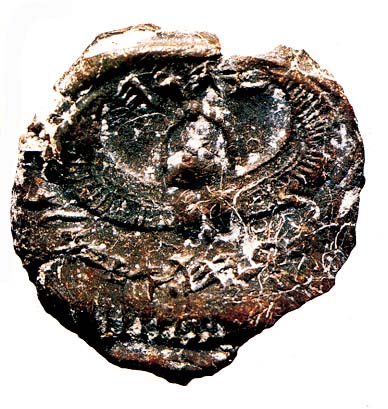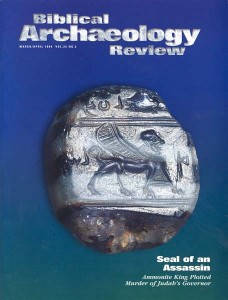
Not long ago, a clay impression of the seal of a Hebrew king came to light for the first time: The seal of ’Ahaz, king of Judah from about 734 to 715 B.C.E., had been pressed into a small bit of clay (called a bulla) that once sealed a papyrus roll.a On the back we can still see the impression of the strings that tied the roll and of the fabric of the papyrus. The seal, inscribed in Old Hebrew letters, reads simply: לאחז•י/הותם•מלך•/יהדה (
Now an even more astonishing bulla has come to light—that of ’Ahaz’s son, the great Judahite monarch Hezekiah. I say more astonishing because unlike the seal of ’Ahaz, which is purely epigraphic, Hezekiah’s seal is also iconic—it depicts a two-winged beetle (called a scarab) pushing a ball of mud (making it a dung scarab). Moreover, for reasons I will explain, there can be little or no doubt as to its authenticity.
Already a library member? Log in here.
Institution user? Log in with your IP address.

